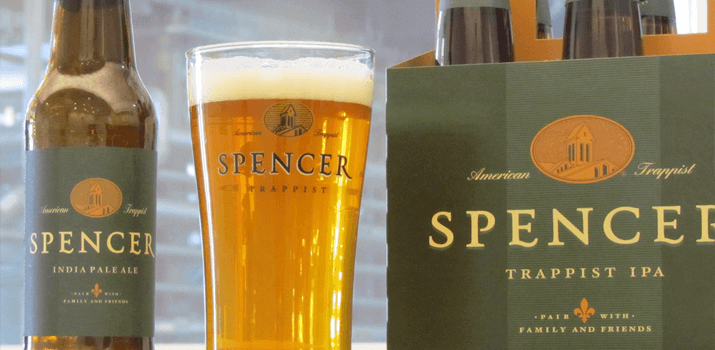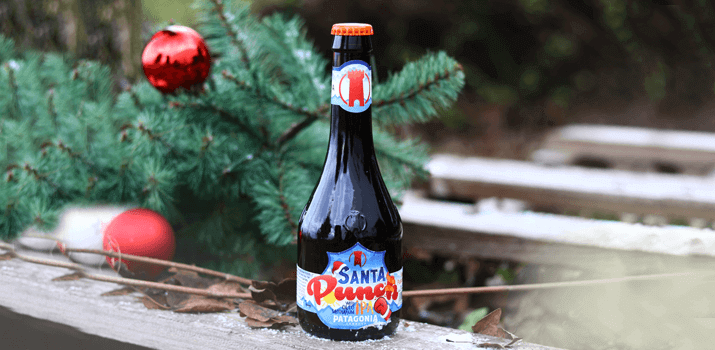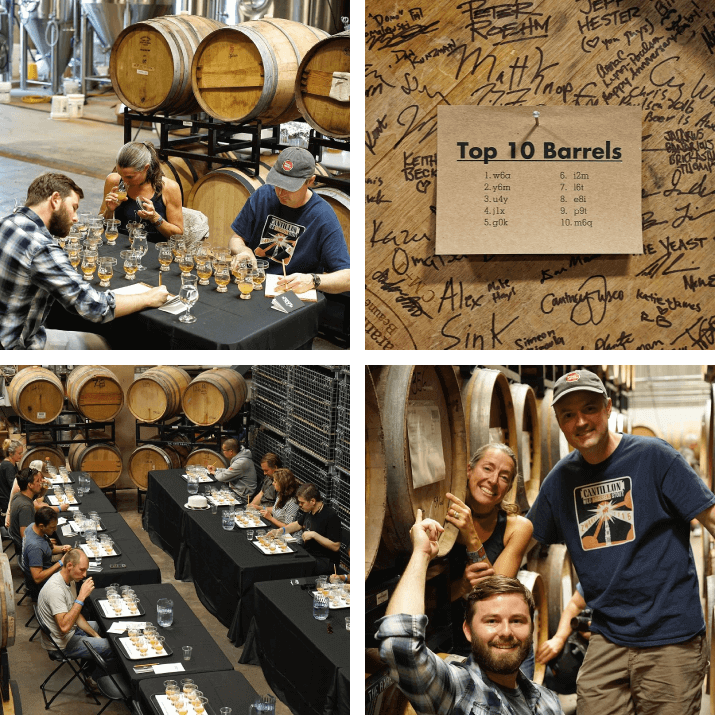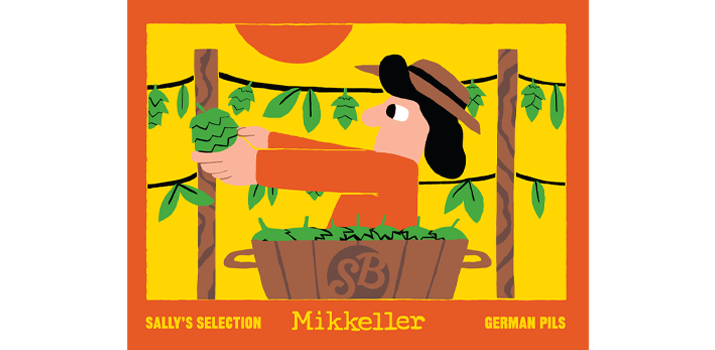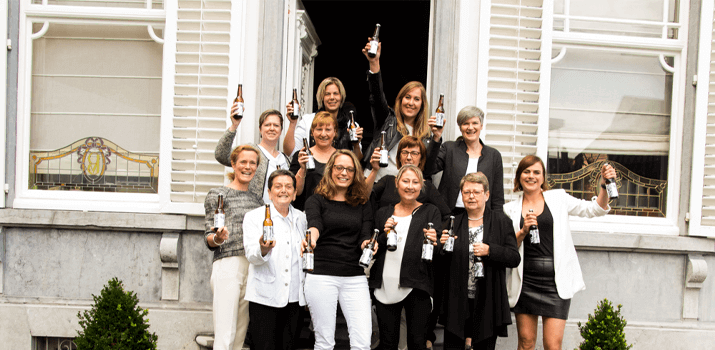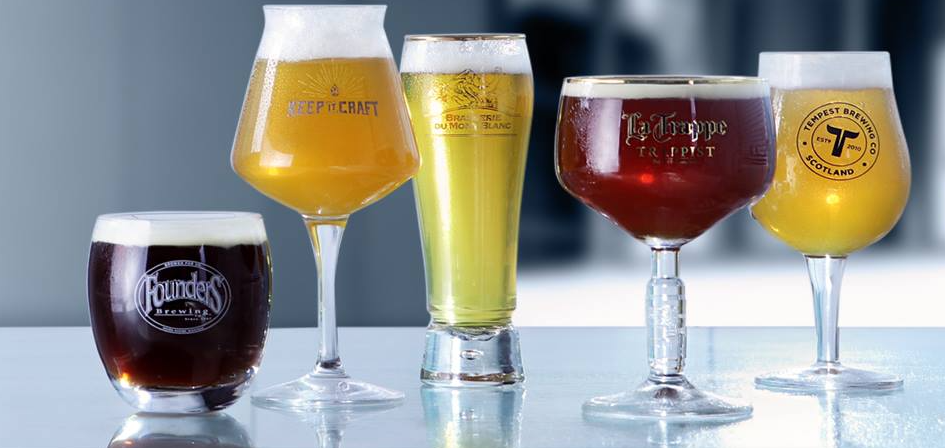
Your beer tasting experience can change dramatically when you choose the right glass. Just like with wine, the shape of a beer glass enhances aromas, flavours, and overall enjoyment. As beer continues to grow in popularity, more and more enthusiasts are paying attention to details that elevate the experience. In this guide, we’ll explore the main types of beer glasses and explain which styles of beer each is best suited for. Don’t underestimate this detail — the right glass can completely transform your tasting session.
Gone are the days of stoneware mugs, pewter cups, and drinking horns. Modern beer glasses are carefully designed with shapes and details that influence carbonation, head retention, and aroma concentration. And before we begin, remember this key rule: your glass must always be clean, rinsed, and slightly wet. Otherwise, you’ll lose foam and bubbles, and the experience will be diminished.
Pint glass. Synonymous with Ireland, the pint glass is most often associated with Guinness. Wide with a slight curve at the top, it is easy to hold and allows for a generous creamy head. Perfect for Stouts, IPAs, Pale Ales, Porters, ESB, Brown Ales, and even American Lagers, it’s one of the most versatile glasses.
Tulip glass. Shaped like the flower, the tulip glass has a wide base, narrows at the top to trap aromas, then flares slightly for easy drinking. Its short stem keeps the beer cool. Ideal for effervescent beers such as Duvel or Tripel Karmeliet, it also suits IPAs, Scotch Ales, Bières de Garde, Saisons, Belgian Ales, and Pale Ales.
Tankard. Made of thick glass and equipped with a handle, the tankard keeps beer cold longer by preventing your hand from warming it. Available in 50 cl or 1 L sizes, it is the classic Oktoberfest beer glass. Perfect for English Ales, American Ales, and all types of Lagers (German, American, Czech).
Flute. Resembling a champagne glass, the flute’s narrow design preserves carbonation and bubbles throughout the tasting. With minimal surface contact, it locks in CO₂ saturation, making it the best choice for highly carbonated beers or champagne-style beers such as Deus or Rèmes. Certain Sours also shine in this glass.
Chalice. Wide and mounted on a short stem, the chalice creates a long-lasting head that releases rich aromas. Some chalices feature etched bottoms to enhance nucleation and bubble formation. Best for Trappist beers, Belgian Ales, Imperial IPAs, Imperial Stouts, and German Bocks.
Balloon / Snifter. Adapted from wine, this rounded glass concentrates aromas, making it perfect for strong and complex beers that can be enjoyed warmer than usual. Suitable for Barleywines, Tripels, Quadrupels, DIPAs, Scotch Ales, and Imperial Stouts, typically anything above 10% ABV.
Weizen glass. Tall and slender with a wider top, the Weizen glass is designed for 50 cl servings of German wheat beers. It enhances sparkling effervescence and supports a thick head. Some versions are etched to boost carbonation during tasting, perfect for lively Hefeweizens and Weizenbocks.
Teku glass. Often called the ultimate tasting glass, the Teku combines the best features of other styles. Its tulip-shaped rim enhances lip contact, its wide base narrows to concentrate aromas, and its long stem prevents warming. Designed by Teo Musso (Baladin Brewery) and Kuaska, the Teku is a must-have for anyone wanting one versatile glass for all beer styles.
Of course, this list isn’t exhaustive — there are eccentric options like the Kwak glass, the Horn, the Boot, or giant mugs holding several litres. But with these eight essentials, you’ll be equipped to enjoy almost every beer style at its best.
Read other articles : How do you adjust the temperature of a PerfectDraft Pro beer tap ? What recipe should you use to brew your seasonal beer ? and How to rehydrate beer dry yeast ? How to make your yeast happy ?



